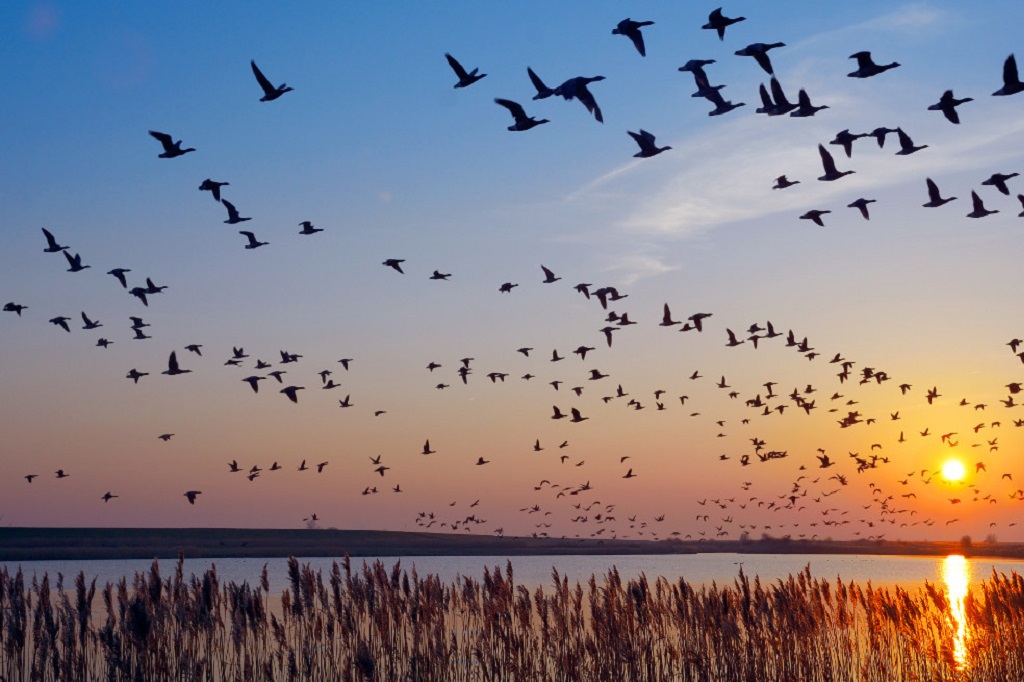Among hundreds and thousands of bird species scattered all over the planet, there are only 1,800 species of which that are capable of traveling long distances without even stopping. Bird migration is the regular seasonal movement often towards north or south between breeding and wintering grounds. Most birds travel down south to avoid the incoming cold climate. Migration tends to happen due to various causes. One of which is due to breeding. Most birds tend to flock and migrate to different areas in order to breed only to come back to the same spot every year to breed again. This is also the time were hunters of different sizes and forms come to tackle their prey.
Most of the time, storks, turtle doves, and swallows flock and begin their long journey. But, there are one species of birds that are known to be the title holder of the world’s long distance migration record.
The Arctic Tern travels between the Arctic breeding grounds down to the Antarctic every year. There are also some species that circle the earth as well. Albatrosses have been known to travel through long distances without even stopping. They have adapted to such a lifestyle that they can even glide while asleep.
Longest Bird Migration In The World
Initially, it was thought that birds often fly at different distances but there was never any bird that had traveled so far and wide than the arctic tern.
Each year, these birds travel from Greenland to Antarctica of about 44,000 miles or 71,000 kilometers. These birds often live for more than 30 years and most of the time they spend their lives high up in the air flying and traveling vast distances. An arctic tern migrates about 1.5 million miles or 2.4 million kilometers in its lifetime. That is about equal to three trips to the moon and back.
Why Birds Migrate
Most often wonder why birds migrate and how they time themselves. Most of the time, the primary cue for them for migration is the changes in the day length. Birds often notice the length in which they are exposed to sunlight. If the time comes that night time is much longer than day time, they often seek a place where they are exposed to much longer day time. This is often triggered by their need to feed and their need to mate.
Hormonal changes also often dictate their time to migrate. Most birds are often getting ready to breed by the time they migrate. Once they reach their destination, they are ready to nurture their offsprings and provide them with nourishment from the vast area they have occupied.
What Do I Think
But, with the yearly migration of birds, most humans often see this as a hunting season. This would often result in carnage to the birds who only seek shelter from the cold. Often than not, they might target an endangered species that could eradicate them from the face of the Earth. Several human activities and organizations have banned hunting during migratory seasons of birds.
